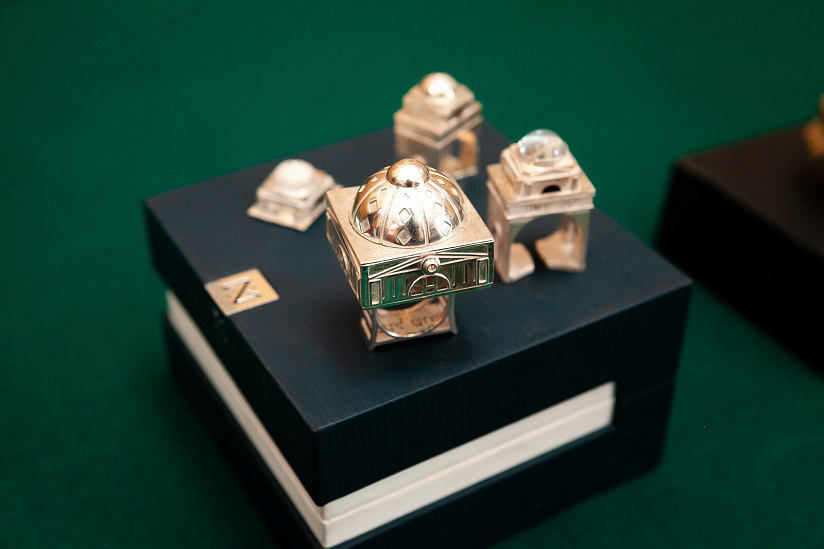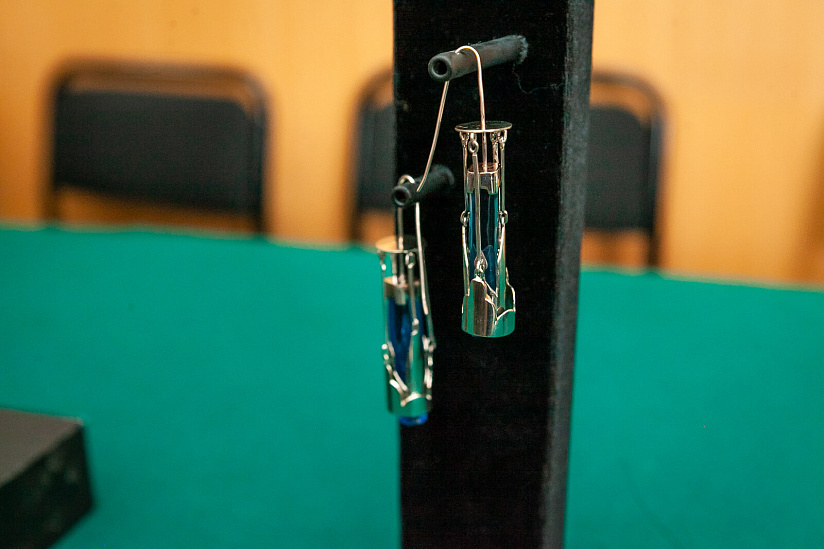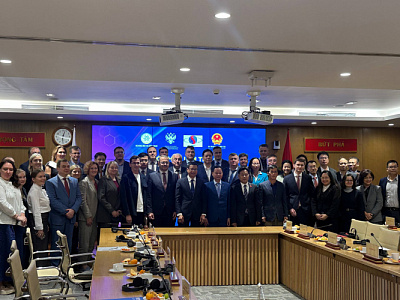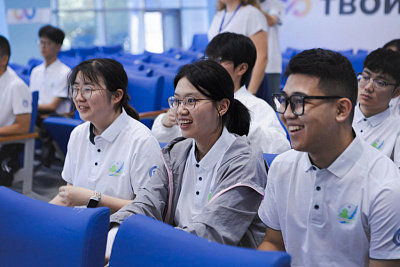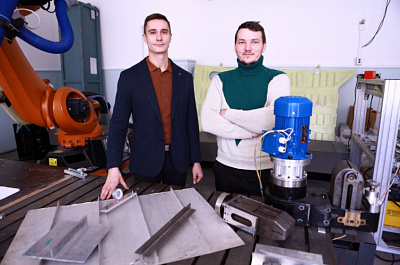Russian and foreign museums are interested in the graduation projects of INRTU jewellers
According to Professor Raisa Lobatskaya, head of the Jewelry Design and Technology Department, this year 23 students have graduated fr om the Artistic Material Processing Technology faculty, with about half of them receiving first class honors. Inspired by architecture, students have created original jewellery and souvenir items. These include jewellery and building models in miniature that can be replicated for sale in museums.
The professor points out that some of the designs are already ready to be used by the Irkutsk Regional Art Museum. Production is planned at factories and workshops, and in the future, at the department’s educational laboratory.
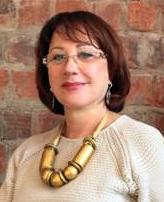
«You have built up a great background. This will allow you to merge, set up a workshop, earn money and find recognition. Stay in the profession. I wish you success and a splendid life journey!», Raisa Moiseyevna admonished the graduates.
Valeria Shafirova’s project was described by the members of the certification committee as a work with a wide range of implementation. She developed a ring design with stylized elements of the Synagogue building in Irkutsk.

Valeria made two silver items. The bar of the massive ring is crowned by the opening dome of the temple. Inside is a model of an unfolded Torah, wh ere the initial letters of the phrase 'Mazal tov' are engraved. This is an expression used by Jews when congratulating each other. The diploma holder stresses that this is primarily an exhibition work, while the miniature jewellery is offered to the masses. The arches of synagogues can be easily discerned in the basis of these rings.
The finished result was preceded by a labour-intensive process. It involved sketches from life, making three-dimensional and wax models, soldering and assembling small parts.
The author plans to take a year or so off after his studies and then refine the molds. These will be used to cast the small rings up to a thousand times. The cost of one miniature for the buyer is about seven thousand roubles.
Valeria’s supervisor is Elena Berman, associate professor. The student’s teachers Alena Voityuk and Vera Sorokina helped her to elaborate her idea.
As Elena Berman pointed out, Russian and foreign museums have been interested in the project. The digitised copy of the rings will be included in the catalogue of the website of the museum at the Hebrew University in Jerusalem. The State Museum of the History of Religion, the Ethnographic Museum (St. Petersburg) and the Israel Museum in Jerusalem are planning to donate the finished pieces.
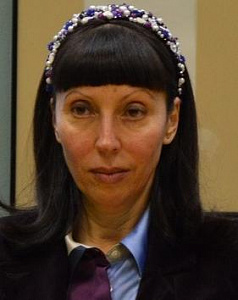
Maria Logunova’s project aroused the commission’s interest. Under the direction of Vera Sorokina, she made five rings out of yellow metal and red jasper. The unusual idea is that the jewellery can not only be worn, but can also be put together into a table composition. The rectangular and tower-shaped elements of the jewellery puzzle form a mini-copy of the Local History Museum building.
According to the teachers, Maria has presented a truly designer and technological work. The value of the project is enhanced by hand soldering.
The graduates also presented bracelets, earrings and pendants.
Alexander Kamoshin, Director General of JSC Baikal Samotsveti, congratulated the graduates on their graduation. In his opinion, works of young authors set new trends in jewellery art. He mentioned that the company’s doors are always open to graduates, regardless of whether they prefer to work with stones or metal.
